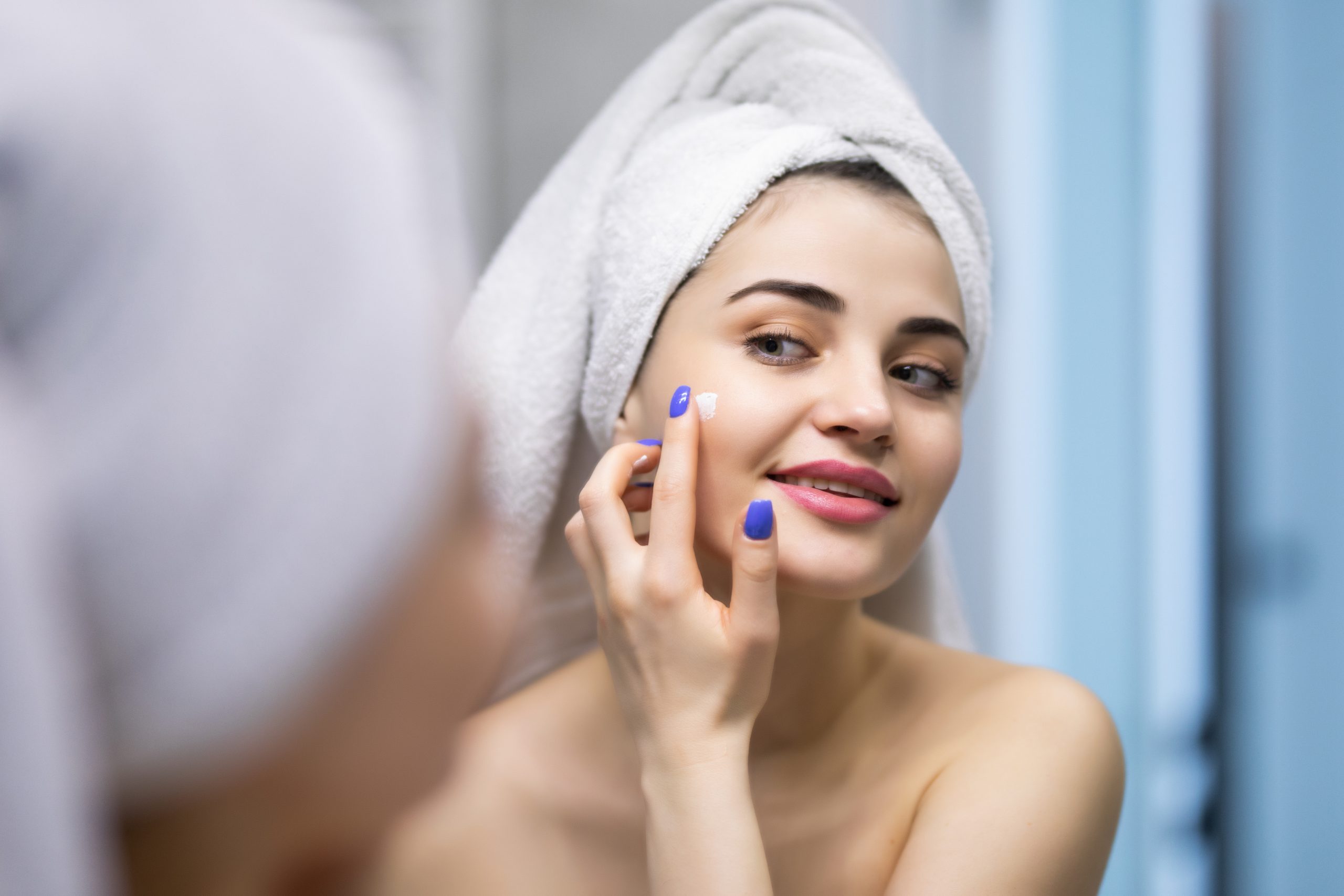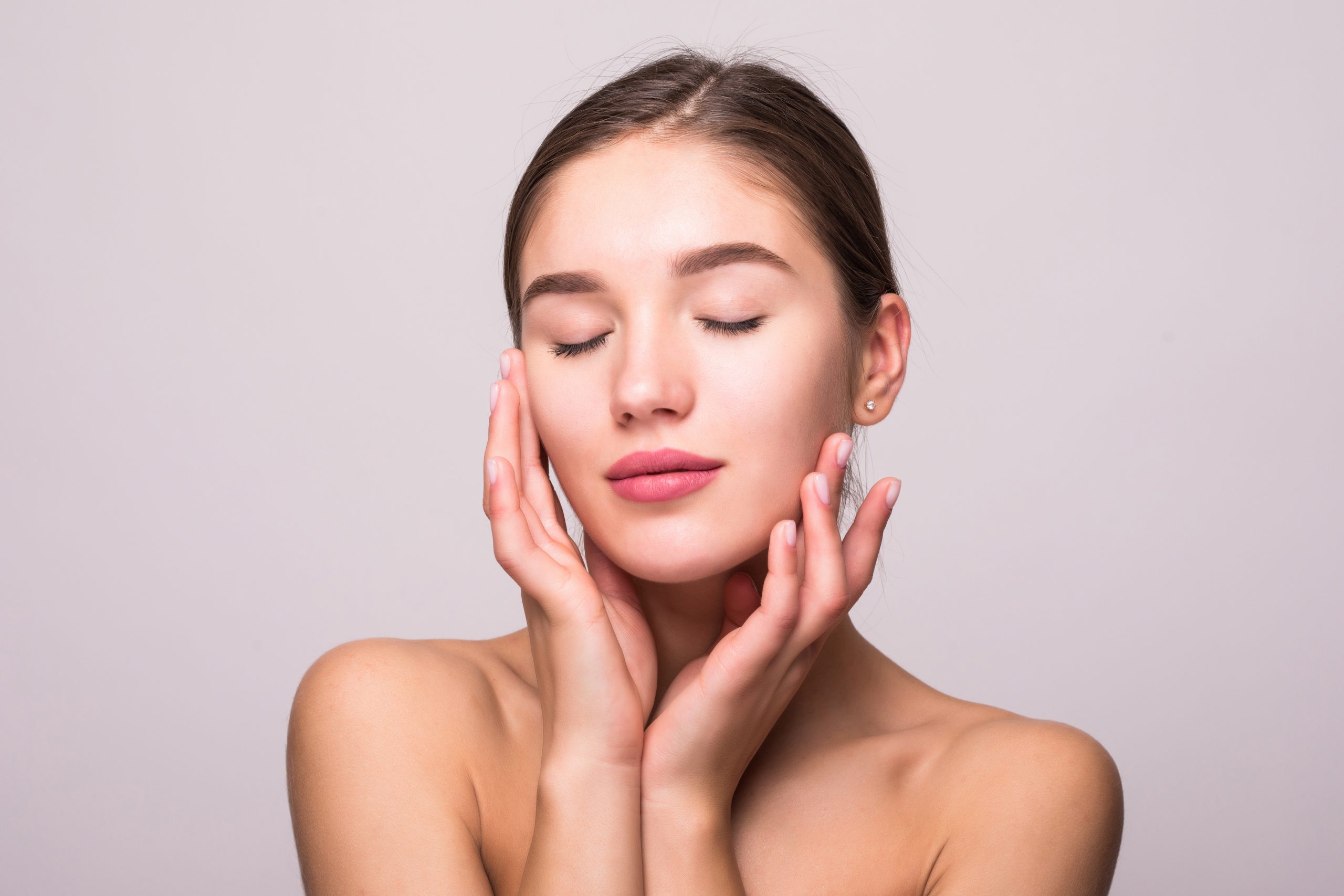
On the other hand, moisturizing ingredients are substances that help retain the skin's hydration by preventing Trans-Epidermal Water Loss (TEWL). TEWL is a process that leads to the evaporation of water from the skin.
Dry skin requires both hydrating and moisturizing ingredients to maintain its moisture and overall health. Conversely, for oily and combination skin types, the choice of skincare products should depend on the specific skincare regimen, ingredients, and the particular areas of the skin.

In summary, there are three primary categories of hydrating and moisturizing ingredients available in the market: humectants, emollients, and occlusives.
-
Humectants: These ingredients attract and retain water and moisture in the skin. They work by drawing water from the dermis into the epidermis. Examples include Glycerin, Honey, Hyaluronic Acid, Panthenol, Propylene Glycol, Butylene Glycol, and Hydroxy Acids like Glycolic Acid and Lactic Acid.
-
Emollients: Emollients are substances that enhance the skin's texture by filling the gaps between skin cells. They provide lubrication and impart a soft, smooth feel to the skin. Some common emollients are Dimethicone, Isopropyl Palmitate, Squalene, Ceramide, and Isopropyl Isostearate.
-
Occlusives: Occlusives form a protective barrier on the skin's surface, reducing Trans-Epidermal Water Loss (TEWL) and preventing water from evaporating into the environment. Examples include Mineral Oil,Lanolin Acid, and Lanolin.
Additionally, a newly discovered ingredient that has gained popularity in the skincare industry is ceramide. Many skincare companies have started incorporating ceramides into their formulations. Studies have shown that applying ceramides for just 24 hours can significantly reduce Trans-Epidermal Water Loss, a crucial indicator of skin hydration.
Furthermore, research has explored the relationship between oral consumption of ceramides and improvements in skin condition. Surprisingly, it has been found that consuming ceramides for 12 weeks can be especially beneficial for dry skin conditions when compared to a placebo.
Studies on the safety of ceramide consumption have concluded that ceramides are safe for oral consumption.
In conclusion, maintaining proper hydration and moisturization is crucial for healthy skin. A combination of emollients, humectants, occlusives, and ceramides is vital for maintaining the skin's barrier and moisture. Additionally, consuming supplements containing high antioxidant properties and ceramides can help improve skin condition.
References
- Tsuchiya, Y., Ban, M., Kishi, M., Ono, T., & Masaki, H. (2020). Safety and Efficacy of Oral Intake of Ceramide-Containing Acetic Acid Bacteria for Improving the Stratum Corneum Hydration: A Randomized, Double-Blind, Placebo-Controlled Study over 12 Weeks. Journal of Oleo Science, 69(11), 1497-1508.
- Spada, F., Barnes, T. M., & Greive, K. A. (2018). Skin hydration is significantly increased by a cream formulated to mimic the skin’s own natural moisturizing systems. Clinical, cosmetic and investigational dermatology, 11, 491.
- Science Becomes Her. Emollients, Occlusives, & Humectants, Moisturized explained. https://www.sciencebecomesher.com/emollients-occlusives-humectants?




